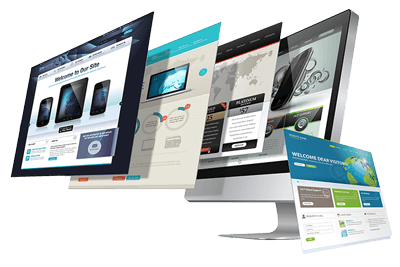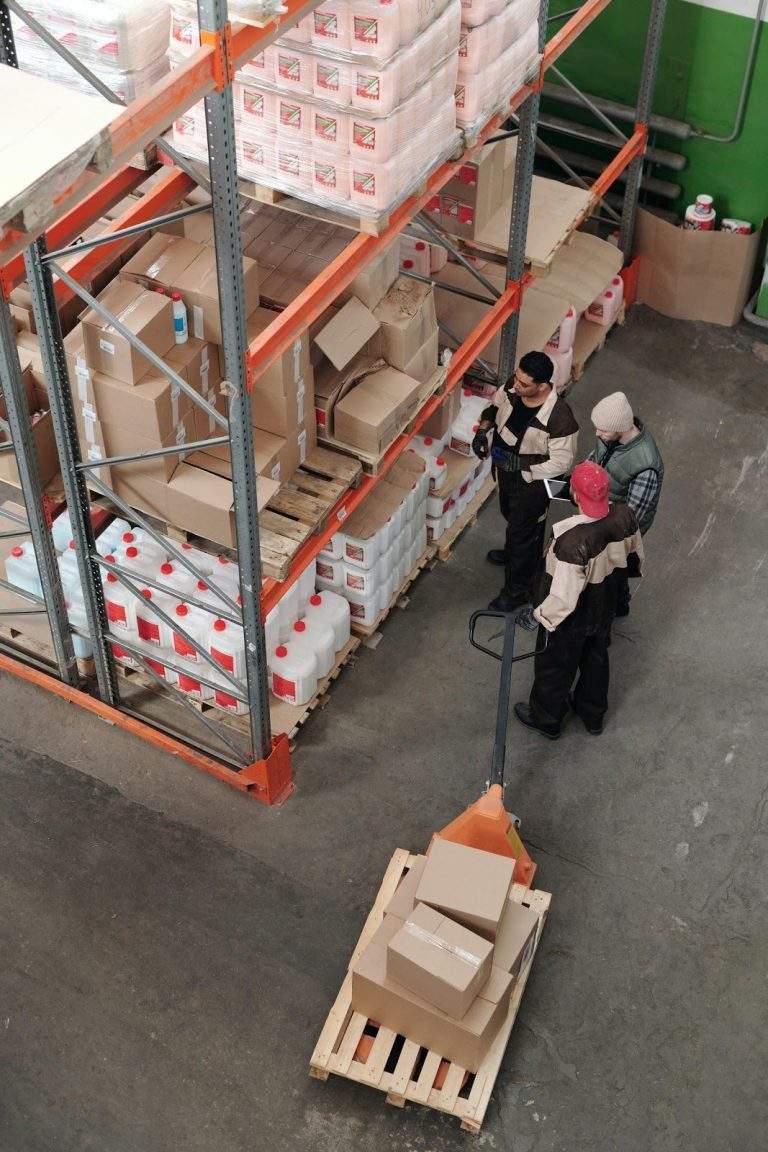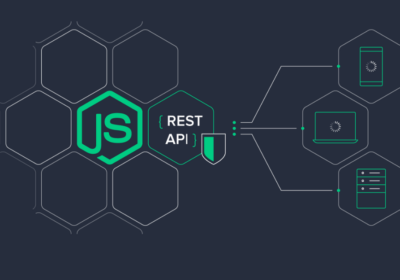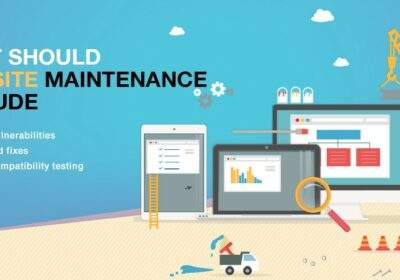
The Process of Website Design and Development
A website is like a brochure of your business. When a visitor is interested in your products or services that you offer, they reach out to your website to enquire about what you offer. So presenting a perfect catalogue for your visitor keeps them engaging and maybe even converts them into becoming your customer. For building an excellent website that can engage and convert, you need to follow a process that can help you achieve what you wish for.
The process of web designing is very simple. A web design company or anywhere in the world always ensures to follow these steps. It’s often considered a universal process. With no further ado, let us know more about it.
The process of Website Designing and Development comprises:
Understand what is needed
To start the website designing process, always know that a brief about your client’s needs exposes their expectations. When you understand what they need, you will draw up what exactly the project is about. After knowing the project definitions, you can understand the target audience for the project and build up personas accordingly.
In this stage of the process, you can set target goals for accomplishing, define technical specifications such as browser resolutions and establish a content inventory which comprises the content that is required to be featured on the website. Further, you can be able to set a project timeline for delivering the expected website to your client. At last, you can establish the project budget, which includes the cost incurred to achieve the client’s desired website.
Plan and Research
The second step is all about conducting proper research and planning about the project. These are the two things on which the entire project depends upon. This is the foundation based on which designing and developing the website happens.
In this process, the designing company creates a wireframe and mockups of the website, which comprises the informational structure that defines the website structure and content, the page layout for each page of the website and last, the usability of the website.
If your web designing team is bigger, like 6+ members on the team, then you can conduct a team brainstorming session which would help get more creative ideas for your project from your fellow team members.
Website Designing
Now this is where the real designing part of the website begins. In this stage of the process, the major focus is on the visual look of the website. Based on the prototype from the previous step, designers work together by visualizing a wide variety of creative artwork prototypes so that the client can confirm one design they like the most.
This process is more related to working on creating prototype templates that are then presented to the client for a final confirmation before the website takes its ultimate form. But before the presentation of the templates, the web designers involved in this process work on selecting a color template that would match up with the brand.
Sometimes, some clients may ask you to design their logo as well, so that also has to be handled at this stage. The designers work on creating header images, visual elements such as buttons, choosing appropriate font families, creating rich-media such as animations and sliders to make the website look engaging.
This actually helps to strengthen the user experience of the website. So after all of this, the designer works on testing how the website looks on different screen resolutions. After which, they present the prototype templates to the client.
Website Developing
In the website developing stage, a team of web developers works on the confirmed prototype to bring the visual design into reality by using their knowledge of codes. They build the website’s functionality according to the goals and feature requirements made by the client. To achieve these requirements, the developer chooses a web framework and/or content management system.
A web framework is a software framework that supports the development of web applications. After choosing a web framework, the website developers work on establishing a database structure to include the website content in it.
Further the web development team works on the functionality of the website, integrating the content to the respective webpages, ensuring that the website has proper access speed and performance when navigating between pages in the website and finally implementing a secure environment across the website. After we achieve these, the website developers can work to implement required markup for SEO, Social Media, etc.
Launching the website
In the launch stage, apply the final touch-up to the website and after ensuring a smooth navigational across the web page without no bugs found, transferring the website to the client’s live server is practical. Before ensuring the quality of the website, a team of testers check every inch of the website for bug-free functionality.
After the testers give a confirmation that there are no hindrances in the website’s functionality, transferring the website to the client’s live server is viable. During this transfer, integrating web analytics softwares would help the client for smoothly starting off with their business by tracking their unknown visitors and implementing business models, respectively.
Maintenance
A website once designed, developed and launched isn’t the end of this process. We recommend ongoing maintenance for ensuring technical support to keep the website optimized up-to-date with the current trends such as additional design elements, features and content.
















